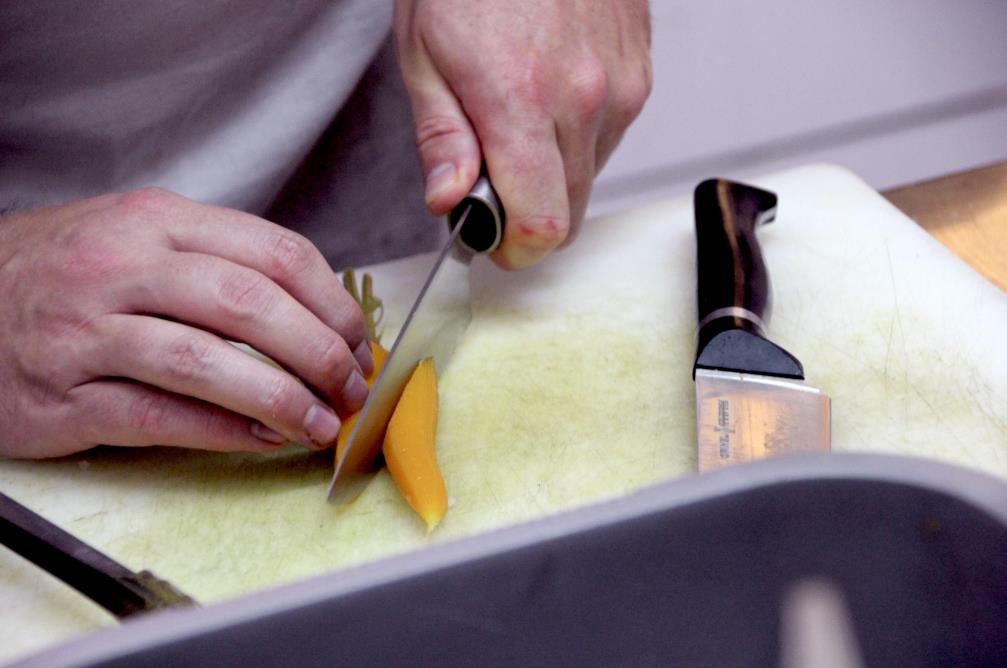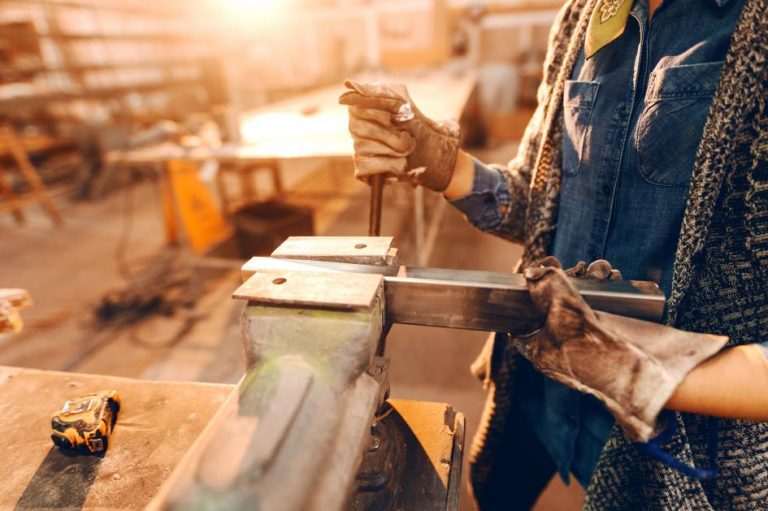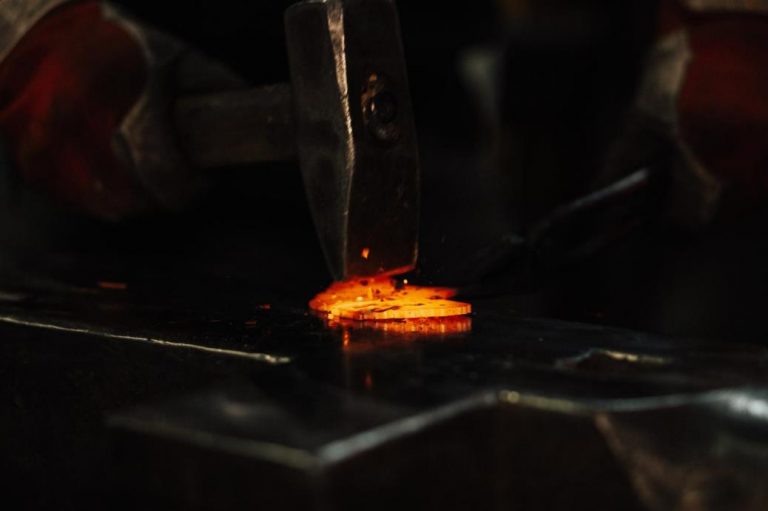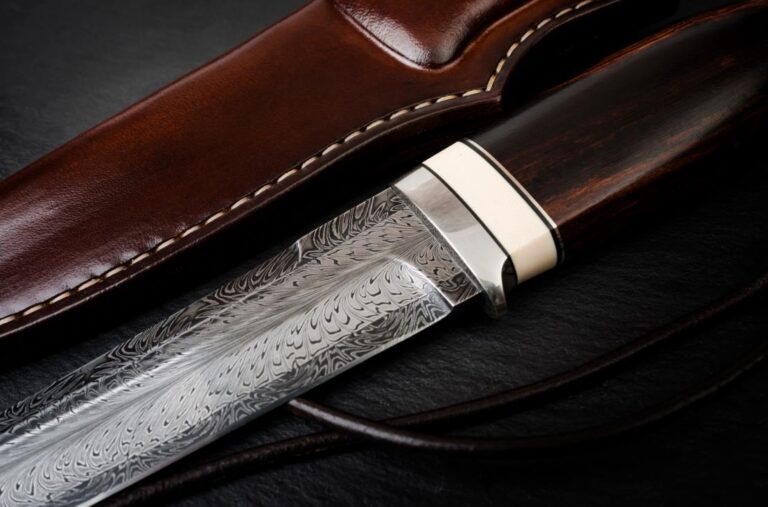Having a good understanding of the various steels available today is critical to anyone involved in the retail or marketing of knives, sword and other steel items.
In this article we’re going to examine 1055 steel: what it is; how it stacks up against competing steels; its best applications; and what this means for a knife selling enterprise in today’s market.
By having a sound industry knowledge of the knife materials available and recommended today, you can offer a comprehensive range of knife products backed by research and specialist opinion.
Let’s see what 1055 steel is all about and learn where it’s best placed as a product offering!
What is 1055 steel?
1055 steel is a medium carbon alloy steel. A carbon steel is steel with a certain percentage of carbon in its make – up. For 1055 steel, the percentage of carbon is between 0.5 to 0.6%. That doesn’t sound like a lot, and it isn’t in steel terms. It’s enough carbon to add a good amount of hardness, but not enough to make the steel brittle and easily chipped.
‘Alloy’ simply means mixed. Iron is the base component of steel (over 90%) and it’s mixed with other elements, all of which add different properties to that specific steel alloy or mixture.
The technical specs of 1055 steel
Let’s look at the composition of 1055 steel so that we understand its elemental composition and how this translates to the end user. In this case, we could use this information to explain 1055 steel knife products more clearly to somebody looking to buy a knife.
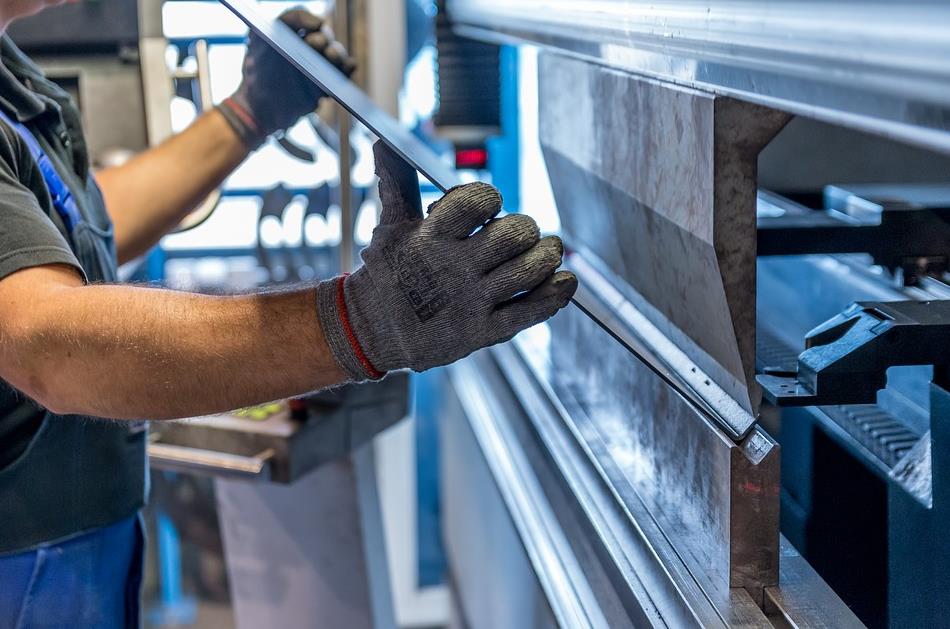
Customers like to have confidence that a supplier understands the product they’re selling and information like this kept on hand can be handy for quick reference.
Iron
1055 carbon steel is around 98% iron. On its own, iron in its natural state is too soft and it reacts too easily to other elements to be easily worked with for making tools and implements like knives. For this reason, other interesting elements are added to change the iron into an alloy steel, something that can be worked and shaped and perform well for the consumer.
Let’s list the other elements that go into 1055 steel!
Manganese
1055 carbon steel is 0.60 to 0.90% manganese. Although only there at less than 1%, the manganese is crucial in 1055 steel as it adds to wear resistance and it increases the tensile strength or resistance to breaking down under tension or pressure.
Essentially, if added in the right amount, it makes the steel tough.
Carbon
We’ve mentioned this all-important element before and it makes up 0.50 to 0.60% of 1055 carbon steel.
Among metallurgists or in industry 1055 steel is classified as a medium carbon steel, and a pure carbon alloy, and it’s graded under the steel alloy grouping of 10xx by the Society of Automotive Engineers.
This simply means that it’s a plain carbon alloy with a maximum manganese content of 1%. This is a quality approval sign because more than around 1% of manganese in the carbon could lead to brittleness.
The carbon content is so important in knife steels because it makes a knife blade strong, hard, and durable. It’s important in any tool steel that it’s resistant to abrasions and can take an impact if it’s going to be used outdoors or for rough jobs.
Sulfur
Sulfur is present in 1055 carbon steel in a tiny amount, less than 0.050% of 1055 carbon steel is sulfur.
So, why is it there?
The sulfur is a by – product of the forging process and it is even added intentionally sometimes to make the metal machine workable. A metal that can be worked and shaped easily and quickly costs less to produce, making it more cost effective for the consumer. So, although sulfur isn’t a main component of 1055 carbon steel by any means, it certainly adds to the manufacturing process and thus to the knife products supply chain.
Phosphorus
1055 carbon steel contains less than 0.040% phosphorus and that’s a good thing because more than that amount could make an alloy steel prone to breakage and brittleness under impact. At the level it is in 1055 steel, the phosphorus (like the sulfur) makes the steel workable and it also adds tensile strength.
Key features of 1055 steel
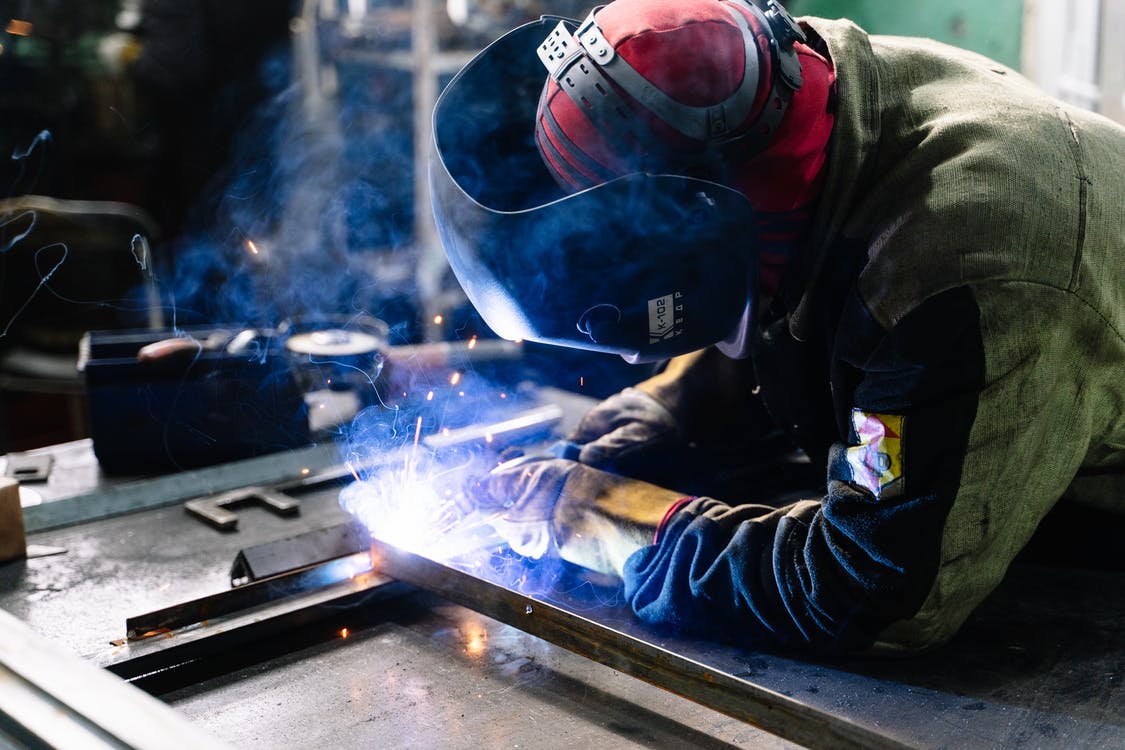
Hardness
1055 steel has a Rockwell hardness rating of 60 – 64. This means that it’s in the range of a premium knife steel, that’s a very good rating comparatively speaking.
Because it’s a very hard steel, 1055 steel sees a big application in outdoor or hobbyist usage – you’re looking at products like machetes, throwing knives, axes, sword canes, kukris or Japanese katana swords. This type of steel can take a lot of brute force and rough handling, particularly if it’s in the form of a thick and heavier blade.
Toughness
1055 steel offers a good level of toughness for its price grade. It’s certainly capable of standing up to impact and wear damage which makes it a popular choice for outdoor tools and for the automotive components industry.
Edge retention
This carbon steel will need to be sharpened often to stay in good nick. It loses an edge quite quickly, but the properties of the steel make it an easy sharpen steel to shape and hone. If the user is comfortable with sharpening and honing steel blades this won’t present a problem.
Rust resistance
This is a weak area for 1055 carbon steel as the metal does tend to corrode and stain quite easily if not cared for properly and kept completely dry.
In addition to rust, if put 1055 steel into contact with things like acidic foods (lemon juice for example), it can discolor and turn black.
This carbon steel requires very attentive maintenance and does best for a user with the time, accessories and motivation to oil and clean their knife blades regularly.
Price point
1055 steel performs in most areas as a premium steel should, and it does it at a reasonable price point. It’s friendly on the wallet for the knife enthusiast and offers a sturdy and resilient knife blade that can take people outdoors and into the tool shed if needed.
Buy Wholesale Knives and Start Scaling up with Us Today
Contact us and connect with a sales rep to get a free quote.
How good is 1055 carbon steel as a knife material?
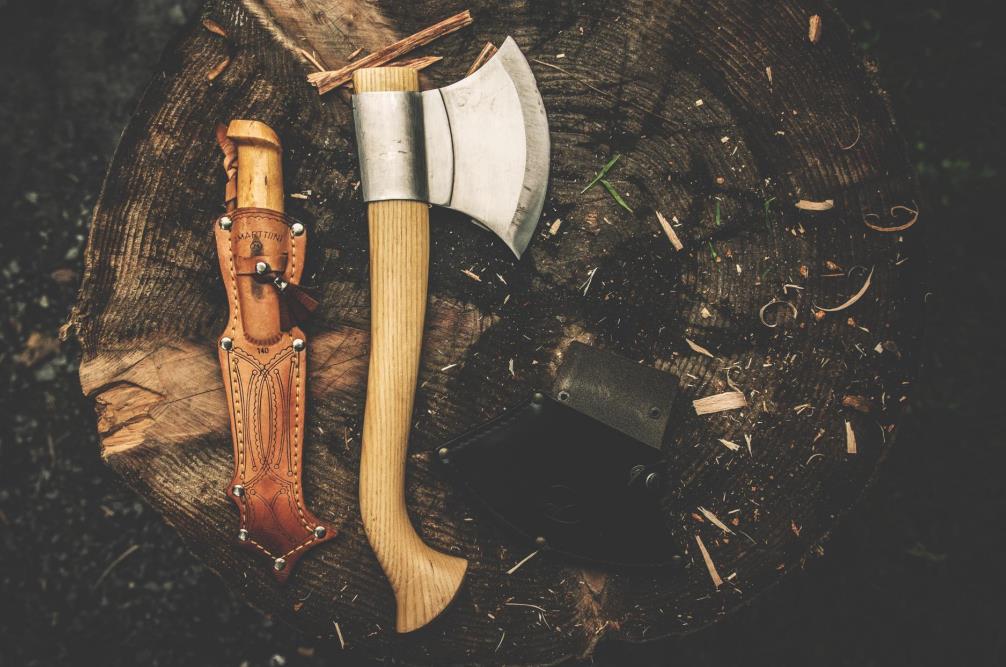
As with any knife material, the purchaser must consider what the knife is to be used for. It’s important always to match knife material to the environment of usage and the habits and needs of the particular customer.
If the customer is looking for a novelty item like a kukri or katana, or a knife for outdoors and camping activities, 1055 steel knives offer a good range of products in this area. They’re made tough and can take abuse many other blades wouldn’t be able to withstand. For enthusiasts who also appreciate a high impact worthy blade and don’t mind or even enjoy the extra maintenance demanded by 1055 carbon steel, this lower cost knife steel is a win.
As far as home kitchen knives goes, 1055 carbon steel isn’t the best available today. It’s prone to corrosion and finish damage from acids, it also reacts badly to damp conditions or moisture laden areas. Unless the customer is willing to store and dry the knife very carefully and be consistent with upkeep like oiling, the blade may discolor or rust quicker than they’d like.
If used in a commercial operation with something like meat butchery a 1055 carbon steel knife would do well because it would be regularly sharpened and could handle hacking and sawing through dense meats, particularly in the form of thick bladed meat knives and cleavers.
1055 steel certainly has a number of applications as a knife steel and in a utilitarian environment it’d shine, but as a suburban type of kitchen knife specifically there are more suitable knife steels and you can find more info about these on this site.
1055 steel vs 1095 steel
1055 steel and 1095 steel are often mentioned together as they form part of the same steel alloy class. Let’s take a look at them side by side:
| Feature | 1055 Steel Rating | 1095 Steel Rating |
| Hardness | Moderate | High |
| Toughness | High | Moderate |
| Edge Retention | Moderate | High |
| Rust Resistance | Low | Low |
| Difficulty Sharpening | Low | Low |
| Affordable? | Yes | Yes |
Is 1055 steel a good choice for a knife business?
1055 steel provides an economical option for customers who don’t have a large budget, and as a knife steel it performs well in many areas, particularly for outdoor activities and recreation.
It has a long – standing reputation and sales space within the knife production industry and its commercial longevity speaks to the quality of the material and how much customers like it.
As a budget option 1055 carbon steel doesn’t tick all the performance boxes, but if customers are looking for a carbon steel product as opposed to a stainless steel product, there are some good quality 1055 carbon steel knives just waiting to fill that gap.
As we said before, it’s all about matching the knife to the customer. What they need, where the knife will be used, and what jobs the customer will be using it for all play a part in the wise knife material choice.
In conclusion
We’ve had a fantastic time examining a popular modern day carbon steel and how it fits into today’s knife products market.
There are many other interesting articles on our blog, just packed full of knife lover knowledge and great advice on retailing these products and ranges for yourself. Do visit the site for sales queries or just to say hello, we’d love to hear from you. Quick and easy quotes are there too!
Also, take a minute to pop in and check out our current product samples, you’ll be sure to be amazed by our design standard, quality, pricing, and range of products on offer.
We look forward to seeing you again!
